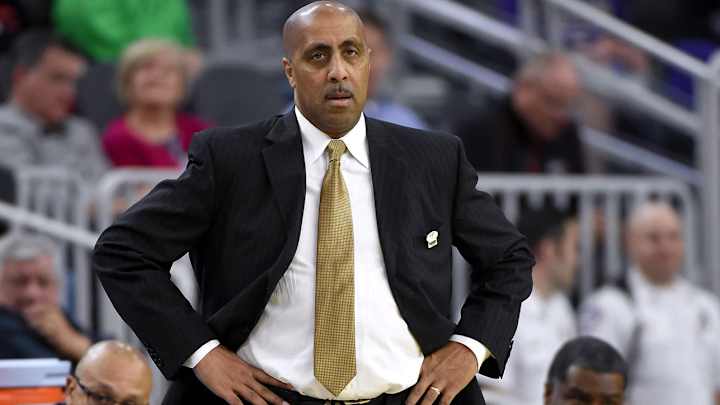What If Washington Had Kept its Recruiting Class Intact?

Last November, Washington signed a stacked recruiting class that promised to infuse the program with the sort of high-end talent it needed to reverse head coach Lorenzo Romar’s flagging tenure and restore the Huskies as a Pac-12 power. Less than a year later, the class had fallen apart and Romar was looking for a new job.
The centerpiece of the haul was Michael Porter Jr., a top candidate to be selected with the No. 1 pick in the draft. He’d committed to Washington in the summer of 2016, after they hired his father as an assistant coach. The following March, after Romar was axed and Porter received his release from the Huskies, he pledged to Missouri, which—like Washington before it—hired Porter’s father as an assistant coach. Porter’s younger brother, five-star power forward prospect Jontay, made the call for the Tigers about two months later and he subsequently decided to classify from 2018 to 2017. Blake Harris, a four-star point guard in the class of 2017 from North Carolina, followed the Porter brothers in leaving Seattle for Columbia.

Those additions radically altered Missouri’s outlook for this season. The Tigers jumped from No. 121 in our rankings to No. 35, good enough to claim a No. 10 seed in the NCAAs after three consecutive seasons finishing in last place in the SEC and totaling just 27 wins. Michael Porter Jr. is an NPOY candidate whom we project to average 9.4 rebounds and 19.3 points per game, highest among freshmen. (Bagley is second, at 16.5 PPG.)

Although the Tigers are the biggest beneficiary of the disintegration of Washington’s stellar 2017 haul, other members of that group landed in favorable situations elsewhere. At Stanford, Daejon Davis, a combo guard from Seattle rated the No. 50 prospect in the RSCI, is projected to average 8.4 points per game, the most of any of the Cardinal’s non-seniors. Davis raises Stanford’s projection six spots, and unlike with Porter, there seems a decent chance he’ll stick around for more than one season. At Cincinnati, Mamoudou Diarra, a three-star forward from Mali, could develop into a solid rotation piece for head coach Mick Cronin down the road, but during 2017-18, at least, his addition probably won’t do much for the Bearcats. Their margin-of-victory projection barely changed as a result of bringing him in, and they remained sixth in the country.


It should come as no surprise that our model expects Washington to be much, much worse without its 2017 recruiting class than it would have been with it. Yet even if the Huskies kept all of their recruits, SI would have pegged them to miss the NCAAs, largely because of Romar. Plenty of other high-major coaches could have gotten that hypothetical team to the Big Dance, but our model doubts Romar’s capacity to do the same because of his history of squandering talented rosters: The Huskies have not reached the tourney since 2011 despite producing six first-round picks over the last six drafts, including three in the top 10. Washington’s replacement for Romar, former Syracuse assistant Mike Hopkins, has never been a Division I head coach before, but SI is giving him some credit for his long run as an assistant under elite zone defense practitioner Jim Boeheim.

